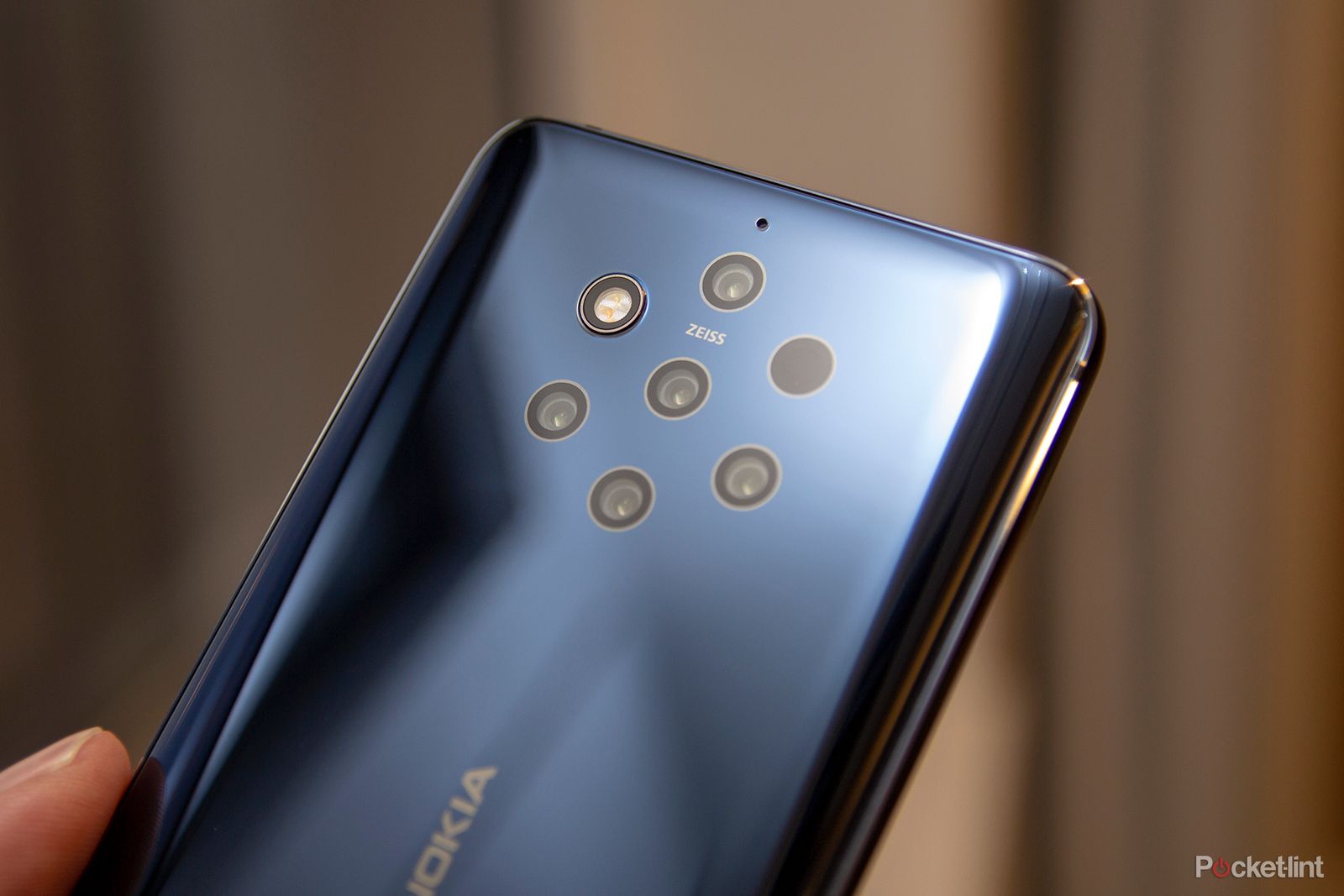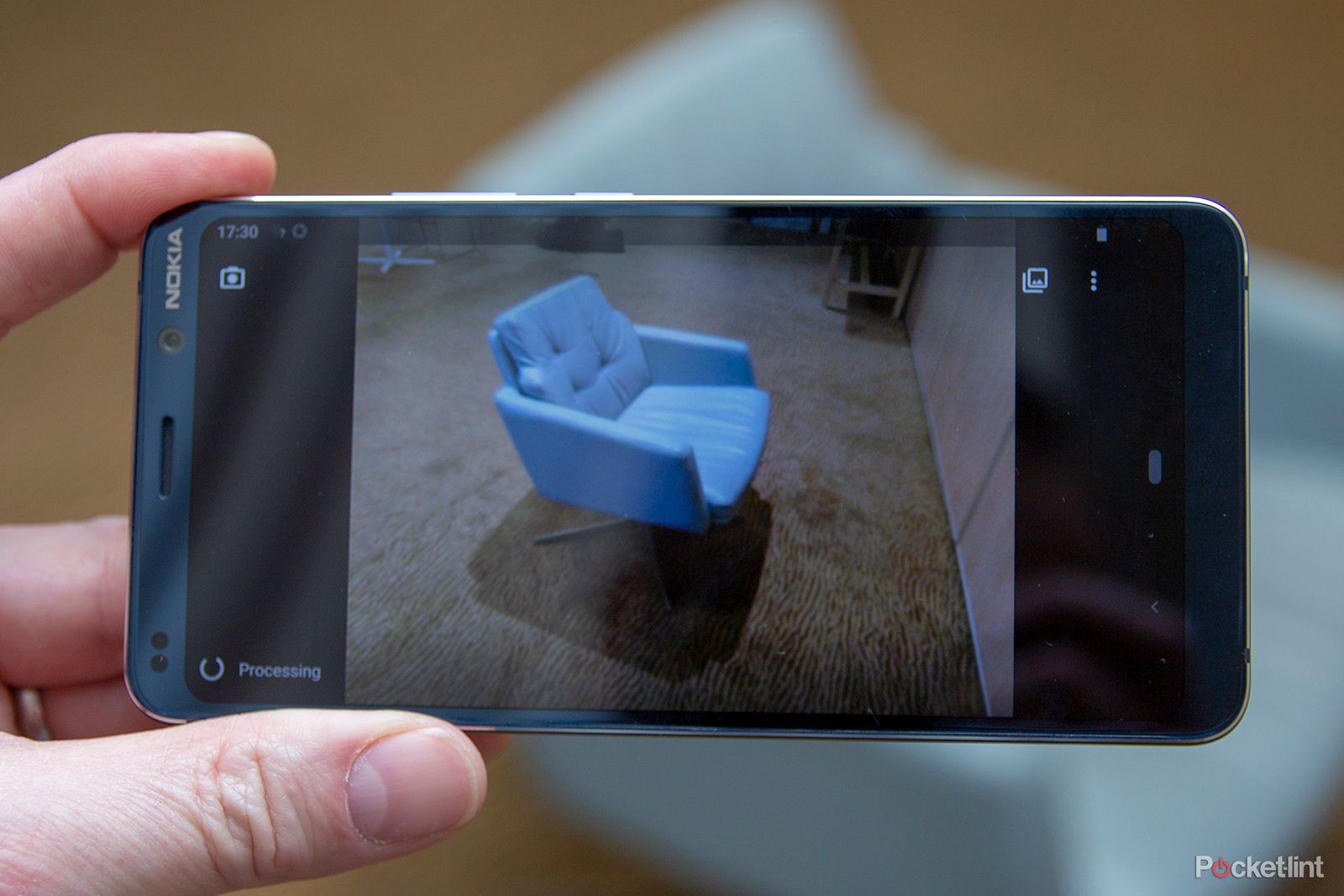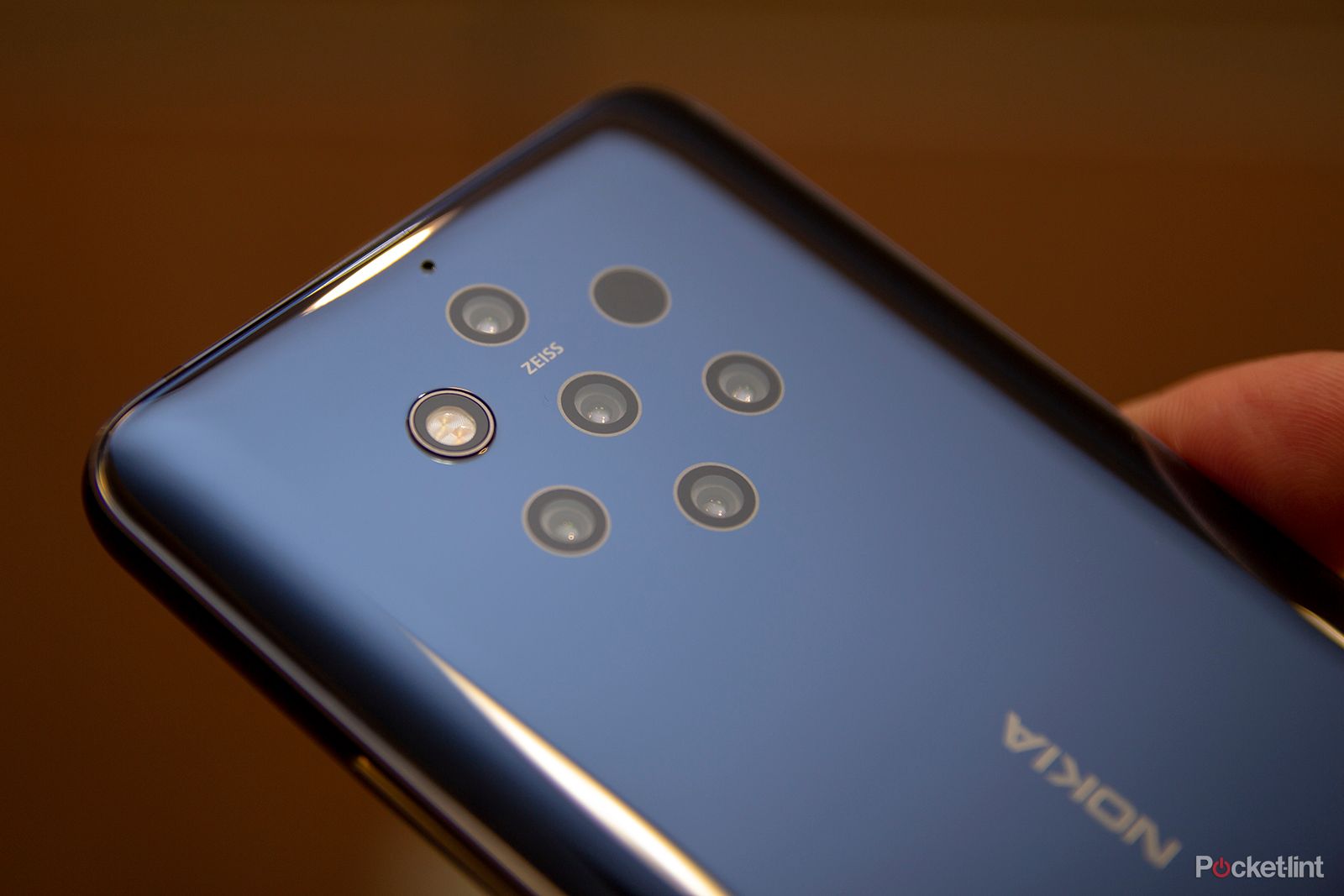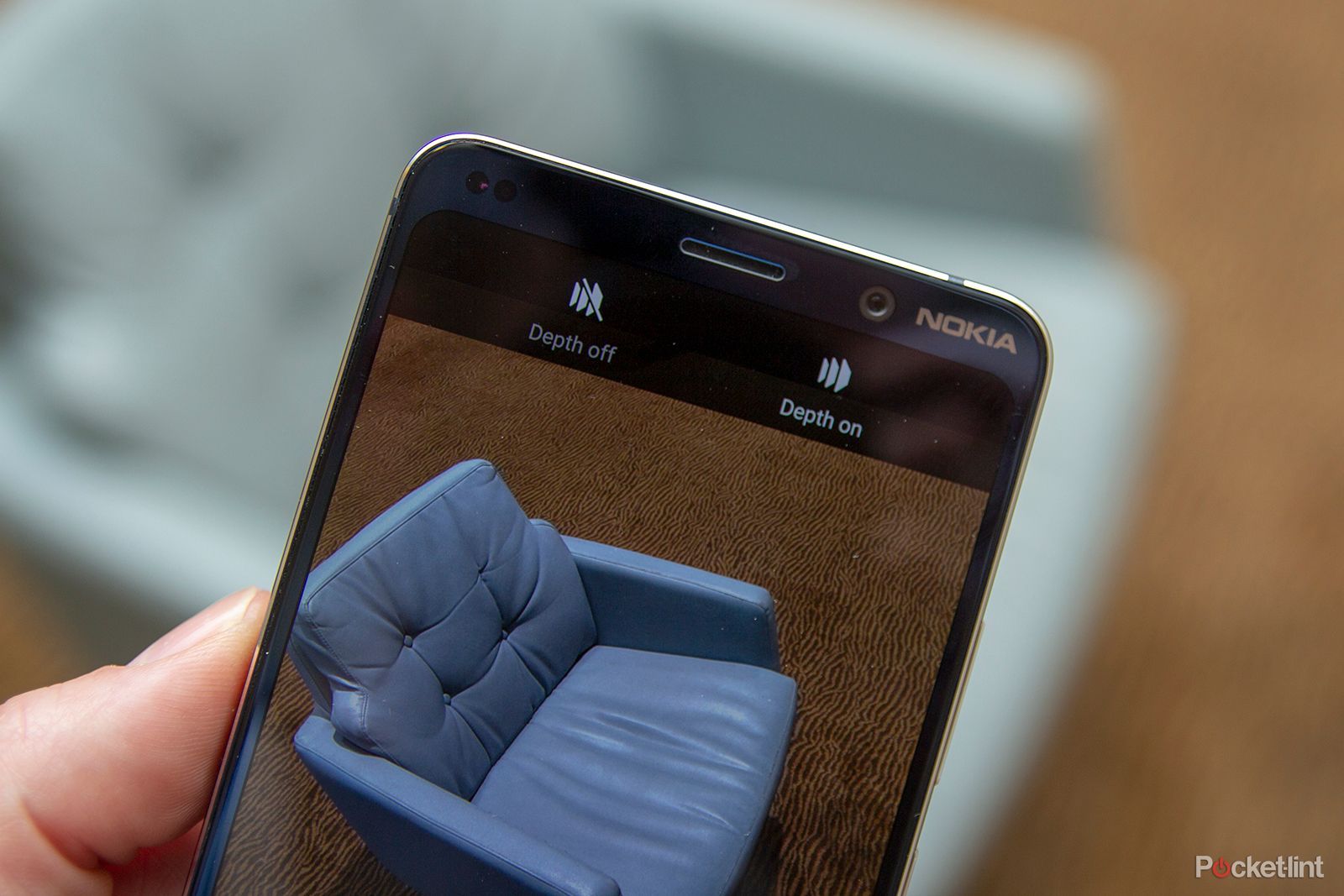Nokia has announced the Nokia 9 PureView, bringing a smartphone to market with a very unique camera solution. Most notably it has five cameras on the back - but this is nothing like the four-camera phones of Samsung or the three-camera phone of Huawei.
Nokia's aims are rather more ambitious: the focus is on quality rather than easy features, so there's no wide-angle lens, there's no zoom, no OIS. A lot of the features you might expect just aren't on this camera.
So let's explain what the Nokia 9 PureView offers and how it works.
The short version
The Nokia 9 camera is all about quality. As we said there is no zoom and no wide-angle - it's all focused on giving you the best quality shot, offering dynamic range you don't get anywhere else - which means HDR photos should be way better than from other phones.
How it does that is quite technical - and we'll run into some of the details below - but the short version is that the Nokia 9 PureView is aiming to give you the best photos you'll get from a phone.
The Nokia 9 PureView hardware
- 3x Sony 12-megapixel sensors, f/1.8, 1.25µm pixels, monochrome
- 2x Sony 12-megapixel sensors, f/1.8, 1.25µm pixels, RGB
- Time-of-flight sensor
- Zeiss lenses
The seven orifices on the rear of the Nokia 9 PureView are accounted for by five cameras, the flash and the time-of-flight (3D depth) sensor.
Those five cameras are divided into three that capture monochrome and two that capture RGB colour. We've seen this sort of arrangement before: the Nokia 8 used monochrome and RGB colour in 2017 and Huawei has used it on a number of phones - all the way back to the Huawei P9 in 2016.
All the camera sensors are technically the same - according to HMD Global - so all use the same 12-megapixel Sony sensor. We don't know exactly which sensor it is right now (we're trying to find out), but we do know that it has 1.25µm pixels. All the cameras have an aperture of f/1.8.
A collaboration with Light and Qualcomm
Now we come to the meat of this arrangement. All those sensors on the rear of the phone are able to capture data - up to 240-megapixels total - but something has to be done with that data which is where this partnership comes together.
Light previous launched a crazy 16-camera device called the L16 and brings its experience in managing the sensors on the rear of the Nokia. It's Light's contribution that drives the system with a custom image coprocessor - working with Qualcomm - to take control of the cameras and make everything work in harmony. The processing of done off the main CPU and handled by the DSP - digital signal processor - instead. It is much more power efficient, using 10x less power than the CPU and processing things like noise 3x faster.
That's also why the Nokia 9 PureView launches on the Qualcomm Snapdragon 845 - because of the work behind the scenes to get everything to work. It's a custom solution and moving that to Snapdragon 855 would have introduced long delays.
And yes - there is some processing time that you'll notice on the phone. We used pre-release software, but there was some processing happening as we opened up recent photos, but it didn't seem hugely long.
For those paying attention, we also recently saw an announcement that Sony Electronics and Light will be working together to make reference devices, so this is an arrangement that you might see elsewhere going forward.
What do the monochrome sensors do?
The monochrome sensors enable the Nokia 9 PureView to capture a wider spectrum of light - around 2.9x more per sensor than a conventional sensor. Monochrome is there to bring detail and because there are three sensors, then can capture this detail at different settings.
Those familiar with photography will have heard of bracketing - capturing the same scene at different exposures - and that's essentially what these sensors can do. That means there's a wide range of data to draw on from shadows to highlights - and all that data means more potential detail for your photos.
Bracketing is how HDR (high dynamic range) photos are created and every photo taken on the Nokia 9 PureView is HDR - that's the whole aim of the Nokia 9.
HMD Global told us that there was a dynamic range of about 12.4 stops, making this wider than any other smartphone.
Of course, aside from capturing the detail, you'll also be able to native black and white photos.
What do the RBG sensors do?
The RGB sensors - red, green, blue - capture the colour information in the scene. Again there are two that will be capturing colour so that's yet more data. This is also area that HMD Global has said less about what's actually happening with the colour data - in contrast to the monochrome data.
HMD Global did say that white balance could be closely controlled so we suspect that colour temperature is coming from these RGB sensors - as well as the colours for the scene.
However, we also know that when a shot is taken, you get data from all of the cameras. It might not all be used, but it is captured. HMD Global told us that at the minimum it will be 60-megapixels of data per shot, but it could be up to 240-megapixels.
Mash all that data together and you have lots to draw on to create your final image; rather than data from one camera, it's data from five. What you get at the end remains to be seen, but the aim is to produce amazing photos.
What about depth, portraits and bokeh?
One of the things that the Nokia 9 camera will do is give you a depth map, with a time-of-flight sensor on the back of the phone. HMD Global said that the Nokia 9 can capture more depth information than any other phone.
Most phones capture about 10 layers - but the Nokia 9 will capture 1200 layers instead. To enable that you'll have to opt for the depth selection option, it doesn't capture this all the time.
Once you have this information and you've captured an image, you can head into Google Photos and change the focal point on your image. It's not unique - pretty much everyone offers similar refocusing all the way back to the HTC One M8 in 2014 - but this is likely to be more accurate than any previous system.
While there's no "portrait" mode per se, you can then use the information from the depth map to get the perfect focus and all the bokeh you want - and using Google Photos you can then easily change the strength of this depth effect.
RAW capture and editing
Digital cameras capture raw data which is processed into the final JPEG that you view. But JPEG is a compressed format and a lot of data is stripped out making it smaller and perfect for sharing, but terrible for editing.
The Nokia 9 PureView will give you access to the DNG RAW file for editing - and it will be supported by Adobe Lightroom. That means you'll be able to make tweaks on your phone using all the data captured by the camera, rather than just adding filters or effects. The result should be that you can really get the photo you want, without having to move to a PC to do it.
Again, Nokia isn't the first to do this, but you're getting a lot more data to work with here - and that should give you a lot more editing power.
We're still waiting to see samples from the camera, but we will be sure to share then as soon as Nokia release some. We will, of course, be fully reviewing the Nokia 9 PureView as soon as we can.




